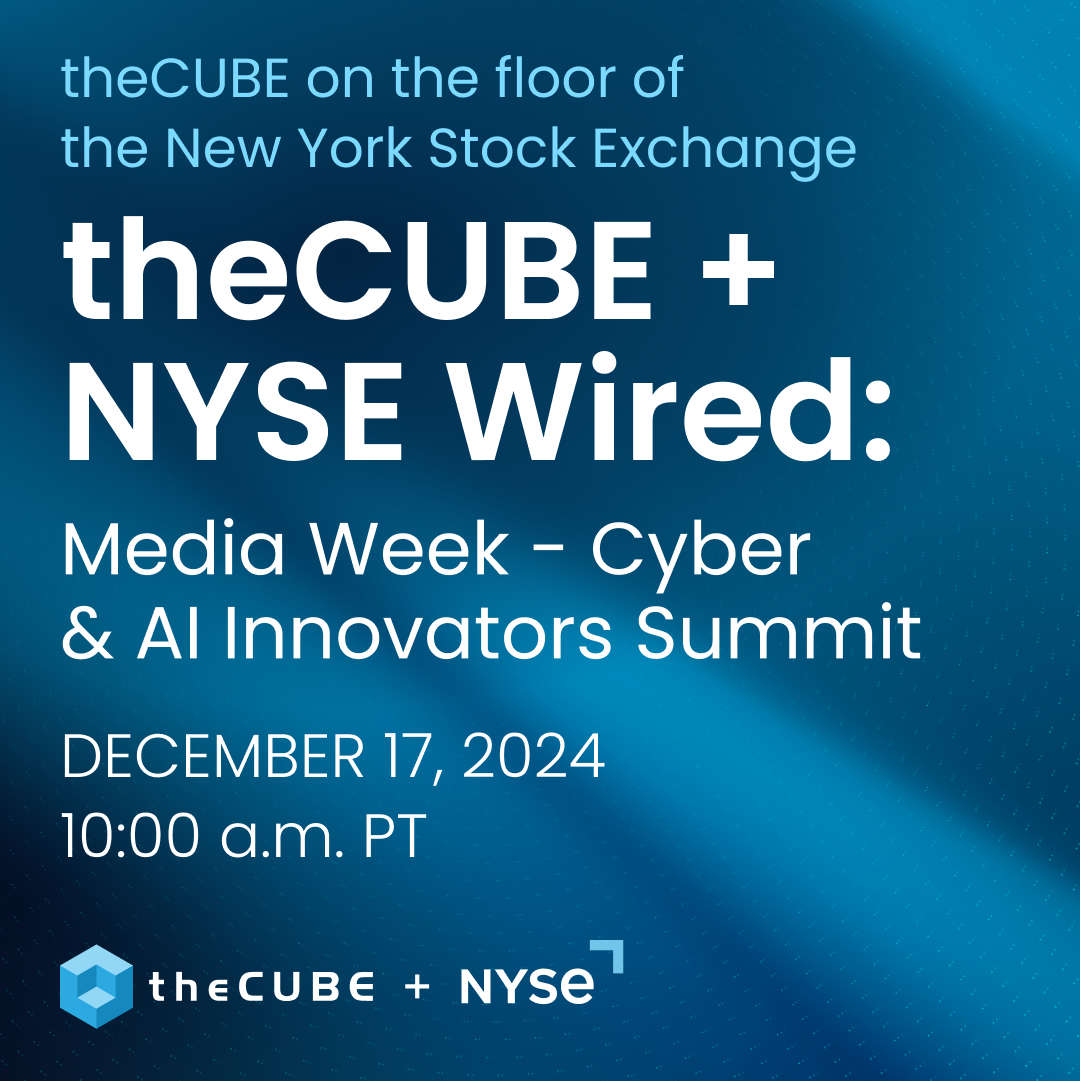Big Money Data: How Much Does Crime Really Pay? Billions.
![]() In this week’s big data series we look at moneyed criminals, the richest and poorest cities in the U.S., and ridiculous fees that practically snatch the cash right out your back pocket. The facts, whether typical or downright crazy, prove just how powerful money can be.
In this week’s big data series we look at moneyed criminals, the richest and poorest cities in the U.S., and ridiculous fees that practically snatch the cash right out your back pocket. The facts, whether typical or downright crazy, prove just how powerful money can be.
Crime does pay
.
Whoever said that crime doesn’t pay probably didn’t know Amado Carillo Fuentes, or Pablo Escobar, or Take Dawood Ibrahim Kaskar. These are among the richest criminals of all time.
Amado Carillo Fuentes is the leader of the notorious Mexican Juarez cartel which sneaks in four times more Cocaine into the United States than any other smuggler. He uses a massive fleet of planes to handle contraband, earning him the nickname “God of the Sky.” At the peak of his career, he was valued a mammoth $25 billion. Sadly however, Fuentes died of a sloppy plastic surgery in an effort to alter his appearance to prevent detection by authorities. It’s unclear how much of the $25 billion he was able to enjoy.
Like Fuentes, we also have Pablo Escobar. He was the head of the most powerful drug cartel in history, the Medellin cocaine cartel in Colombia, and was worth $9 billion. There’s also Take Dawood Ibrahim Kaskar is one of India’s 20 most wanted. He’s a gold runner and the head of mafia gang D-company in Mumbai, and is currently worth $6.7 billion. He’s still on the run from authorities.
![]() Find our entire Big Money Data series on Pinterest.
Find our entire Big Money Data series on Pinterest.
.
Rich and poor in the U.S.
.
![]() Moving on, the United States is making a huge fuss about the country’s richest and poorest cities as the economy continues to dwindle. While the US is still the richest country in the world with a GDP of $14.5 trillion, it’s facing great competition from China and Japan. Among its many cities, San Jose, California was hailed the wealthiest with a median household income of $76,354. McAllen, Texas was named poorest with $13,742. Of course, these aren’t all the factors one could consider, and being high in rank doesn’t mean a rich city’s residents are living lavishly. Like Texas, California is smacked with falling home prices, and both states are fervently hoping for economic turnaround.
Moving on, the United States is making a huge fuss about the country’s richest and poorest cities as the economy continues to dwindle. While the US is still the richest country in the world with a GDP of $14.5 trillion, it’s facing great competition from China and Japan. Among its many cities, San Jose, California was hailed the wealthiest with a median household income of $76,354. McAllen, Texas was named poorest with $13,742. Of course, these aren’t all the factors one could consider, and being high in rank doesn’t mean a rich city’s residents are living lavishly. Like Texas, California is smacked with falling home prices, and both states are fervently hoping for economic turnaround.
Fees and lies will get the best of you
.
Regardless of our economic state, we all have bills to pay. Among these are fees, and are perhaps the most annoying charges we face. One of them is the credit card interchange fee. Credit card companies take 2 percent of every item you buy from the store. Retailers refuse to shoulder this burden so naturally, they pass the extra fees to the consumers. They butter up the retail price by 2 percent so they can give it to credit card companies. Awesome right? Check out this page to know more about these irritating fees.
While it’s annoying to have charges we can’t avoid, being lied about a product’s functionality to get us to purchase the one with $200 price tag instead of $10 can also be very frustrating. HDMI cables, for example. Expensive cables have been a bad deal for years, but it’s funny how it has reached absurdity today, with a growing demand for consumer electronics in the home. People are tricked into buying HDMI cables with gold plated connectors, shielding from EM and RF interference and even gas-injected cables. According to expert at CNET, Popular Mechanics, Consumer Reports and PC World, a $200 cable is no different from a $10 one, especially if you’re buying pricy cables for a non-compliant or lower end device.
“Our tests indicate, you can expect flawless performance from any 4-meter cable, regardless of price,” says PC World. That being said, don’t be unreasonable. Buy a regular one and donate the extra $190 to charity instead.
A message from John Furrier, co-founder of SiliconANGLE:
Your vote of support is important to us and it helps us keep the content FREE.
One click below supports our mission to provide free, deep, and relevant content.
Join our community on YouTube
Join the community that includes more than 15,000 #CubeAlumni experts, including Amazon.com CEO Andy Jassy, Dell Technologies founder and CEO Michael Dell, Intel CEO Pat Gelsinger, and many more luminaries and experts.
THANK YOU











